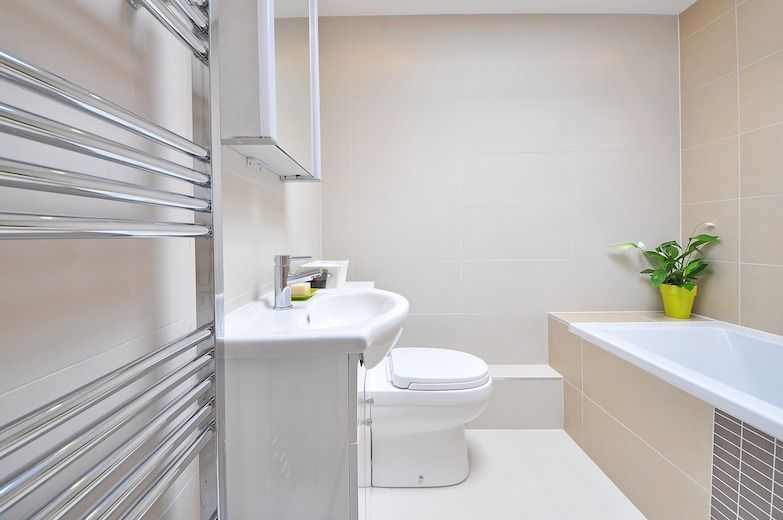A leaking toilet isn't just an annoyance; it can result in substantial water waste and potential damage to your bathroom. Drawing from years of plumbing experience, I'll guide you in diagnosing and repairing that pesky toilet leak like a pro.
Understanding the Culprit
Before diving into repairs, it's vital to understand that toilets have several potential leak points, each with its solutions. Identifying the right one ensures an effective fix.
When undertaking any repair, always ensure you have all the necessary tools and materials on hand before starting to make the process efficient and seamless.
Tools List:
- Wrench: Useful for tightening nuts and bolts.
- Plumber's Putty Knife: To scrape off the old wax ring.
- Standard Plunger: In case you need to clear the bowl before working.
- Towels or Rags: For cleaning up any water and debris.
- Gloves: To keep your hands clean during the process.
Materials List:
- Water Supply Hose: A replacement might be needed if the existing one is compromised.
- Bolts and Washers: To connect the tank and bowl. Replacement sets are available if originals are corroded.
- Wax Ring: A critical seal between the toilet and flange. Comes in various thicknesses.
- Foam or Plastic Seal: Modern alternatives to traditional wax rings.
- Flange Spacers: Rings that can be stacked on the existing flange to adjust its height.
- Flange Insert or Extender: Another option for adjusting the height of the flange.
Step-by-Step Diagnosis and Repair:
1. Preliminary Inspection:
Upon noticing a leak, initiate a primary visual inspection to pinpoint the most apparent source. Sometimes, it's a mere condensation issue on the tank, which can be mistaken for a leak.
2. Inspecting the Water Supply Line:
Start with the water supply line at the base of the toilet. This line feeds water into the toilet tank.
- Ensure the connecting nut is tight. Use a wrench but avoid over-tightening.
- Inspect the supply hose for any signs of wear, damage, or rust. If it appears compromised, consider a replacement.
3. The Tank-Bowl Connection:
The tank and bowl are typically joined by bolts. Over time, these can loosen or their seals can degrade.
- Tighten any loose bolts using a wrench, ensuring an even pressure to prevent cracking the toilet.
- If there's evident corrosion on the bolts or washers, replace them.
4. The Wax Ring Seal:
If you find water pooling on the floor around the toilet or stains on the ceiling below, the wax ring seal between the toilet base and the flange might be the culprit.
- To confirm, you can slightly press the toilet bowl. Movement indicates a failed seal.
- To replace, you'll need to remove the toilet, scrape off the old wax, and install a new one.
5. Flange Height Considerations:
The flange's height is crucial for the effectiveness of the wax ring seal. If the flange sits too low relative to the finished floor level, the seal may not be watertight.
- In cases of low flange height, opting for a thicker wax ring can provide a better seal.
6. Wax Ring Alternatives:
Wax rings are traditional, but there are modern alternatives offering a cleaner installation and repositioning flexibility.
- Foam and plastic seals are reliable alternatives, ensuring a watertight seal.
7. Adjusting the Flange Level:
If you notice the flange is sitting significantly lower than the floor surface:
- Consider adding flange spacers. These are rings that stack on top of your existing flange, raising its height.
- Alternatively, a flange insert or extender can be positioned atop the existing flange for an enhanced elevation.
Final Thoughts:
Remember, while DIY can be a cost-effective solution, if you're ever uncertain about any step or the problem persists, don't hesitate to consult or hire a professional plumber. Ensuring the job is done right can save you money and headaches in the long run.

